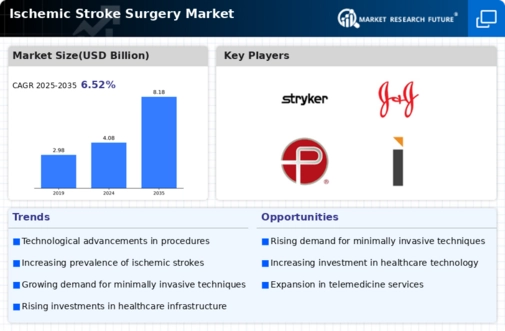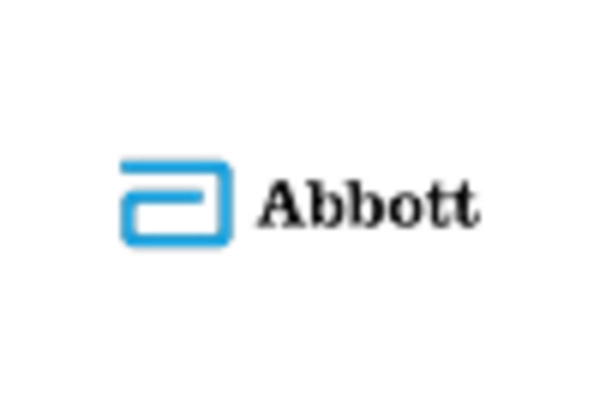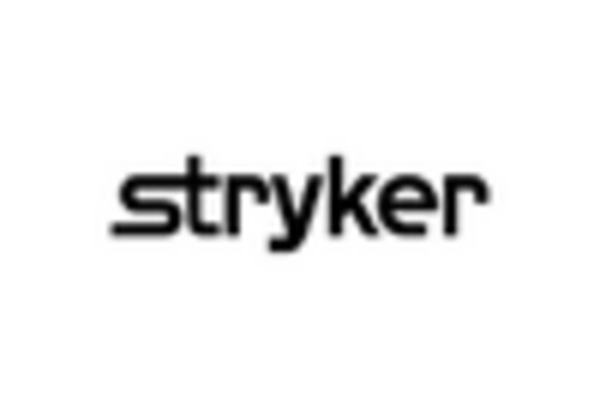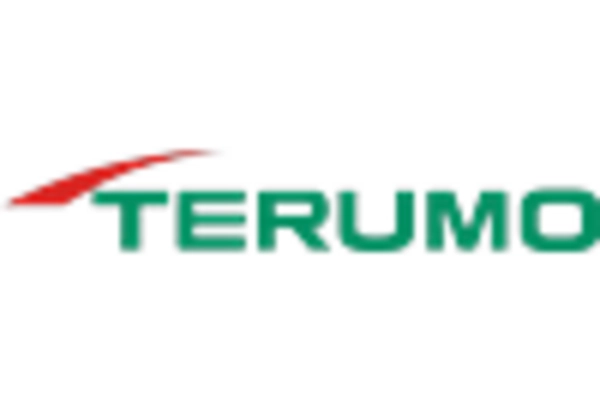Market Analysis
In-depth Analysis of Ischemic Stroke Surgery Market Industry Landscape
The growth drivers of the ischemic stroke surgery market are multifaceted and encompass various factors that collectively contribute to the expansion of the market. Understanding these drivers is crucial to appreciate the dynamics propelling the demand for ischemic stroke surgical interventions.
1. Rise in Physical Inactivity and Sedentary Lifestyles: The modern lifestyle characterized by sedentary habits and limited physical activity has led to an increase in health issues, including ischemic strokes. Sedentary lifestyles contribute to conditions such as obesity, hypertension, and diabetes, which are significant risk factors for ischemic strokes. The surge in sedentary behavior has created a higher demand for advanced surgical interventions to address the resulting health challenges.
2. Adoption and Launch of Technologically Advanced Products: The healthcare industry is witnessing a rapid adoption of technologically advanced surgical products and procedures. Innovations in surgical techniques, instruments, and technologies play a pivotal role in enhancing the efficacy and success rates of ischemic stroke surgeries. The continuous adoption of these advanced products is driving growth in the market as healthcare providers seek state-of-the-art solutions for better patient outcomes.
3. Rising Demand for Minimally Invasive Procedures: There is a growing preference for minimally invasive surgical procedures in the healthcare landscape. Minimally invasive techniques offer benefits such as reduced recovery time, lower risk of complications, and shorter hospital stays. This trend is particularly relevant in the context of ischemic stroke surgery, where advancements in minimally invasive procedures are contributing to increased patient acceptance and driving market growth.
4. High Prevalence of Acute and Chronic Ischemic Strokes: The prevalence of both acute and chronic ischemic strokes is a key driver for the demand for surgical interventions. The substantial burden of ischemic stroke cases in the population necessitates effective and efficient surgical treatments. As the number of patients affected by ischemic strokes continues to rise, there is an inherent demand for surgical solutions to address the immediate and long-term consequences of this health condition.
5. Aging Population and Increased Stroke Incidence: The aging demographic in North America is a significant driver for the ischemic stroke surgery market. Individuals aged 75 and above are more susceptible to ischemic strokes, and the aging population contributes to the overall increase in stroke incidence. This demographic shift underscores the need for surgical interventions tailored to the unique healthcare requirements of elderly individuals.
6. Public Health Concern and Awareness: Ischemic stroke has become a growing public health concern, drawing attention to the need for effective surgical interventions. Increased awareness about the risks, symptoms, and consequences of ischemic strokes has prompted individuals to seek timely medical interventions, leading to a higher demand for surgical treatments.
7. Technological Advancements in Endovascular Thrombectomy (ET): The field of endovascular thrombectomy (ET) has witnessed significant technological advancements. ET, a crucial surgical intervention for ischemic strokes, has become more sophisticated and effective. The continuous improvement in ET technologies, including tools and procedural techniques, contributes to the overall growth of the ischemic stroke surgery market.
8. Urgency for Stroke Systems of Care: The urgent need for stroke systems of care, highlighted by organizations like the American Heart Association/American Stroke Association, emphasizes the importance of a comprehensive and organized approach to stroke interventions. This urgency is driven by the increasing demand for high-quality endovascular thrombectomy and the need to enhance the overall stroke care infrastructure.
The ischemic stroke surgery market is driven by a combination of lifestyle factors, technological advancements, demographic shifts, and a heightened awareness of stroke-related health concerns. These drivers collectively shape the landscape of ischemic stroke interventions, fostering the development and adoption of surgical solutions to address the evolving healthcare needs of the population.

















Leave a Comment